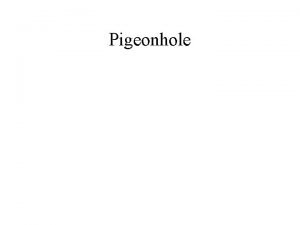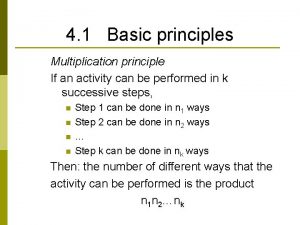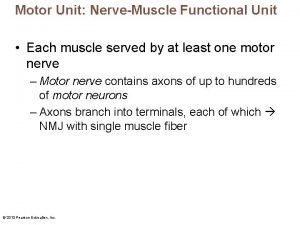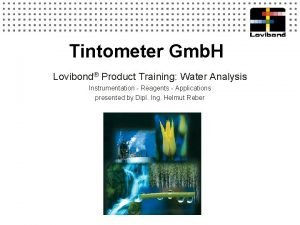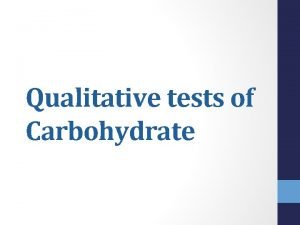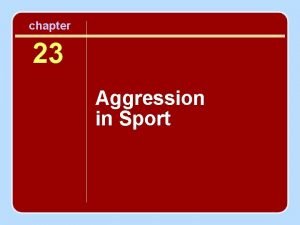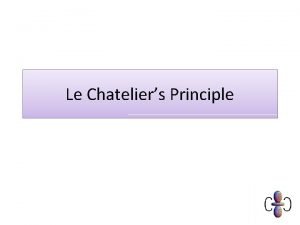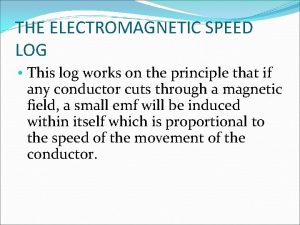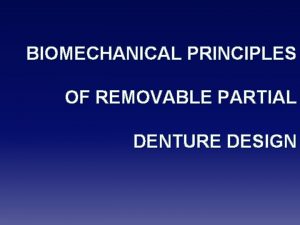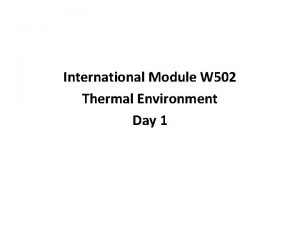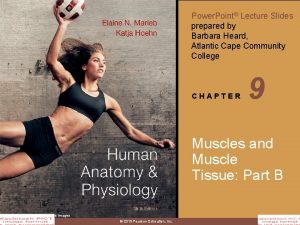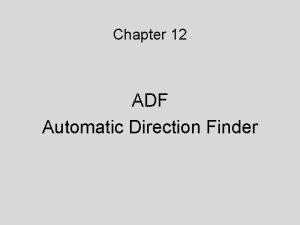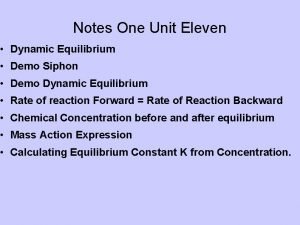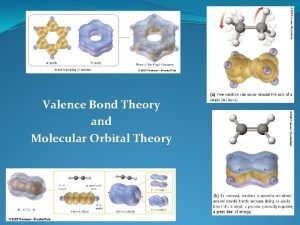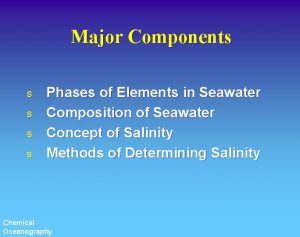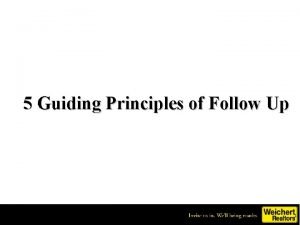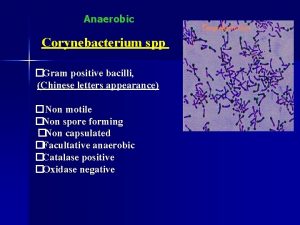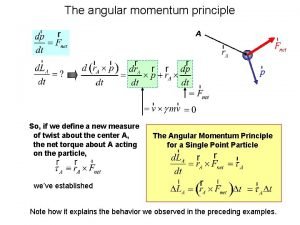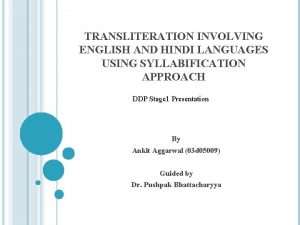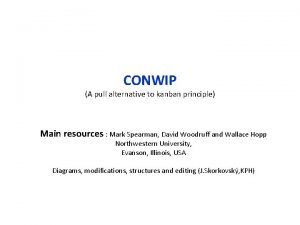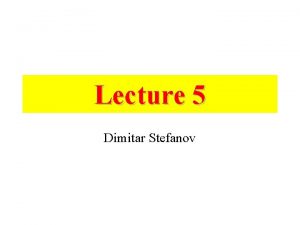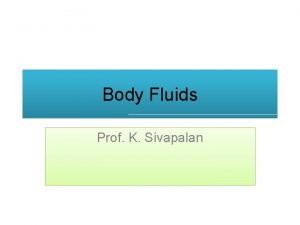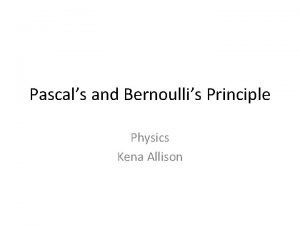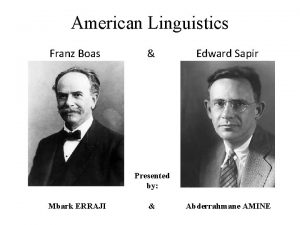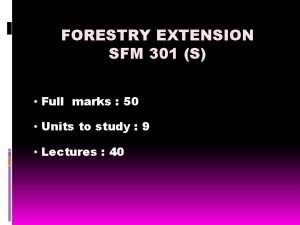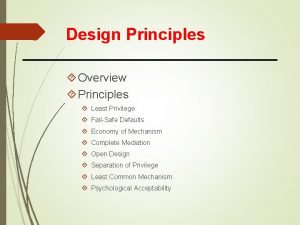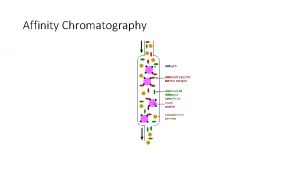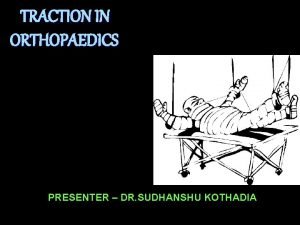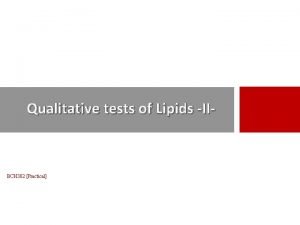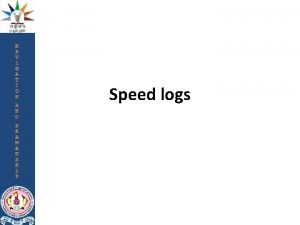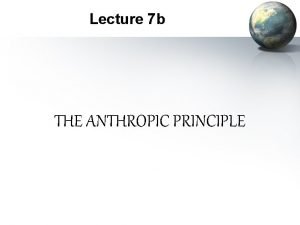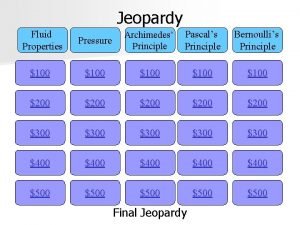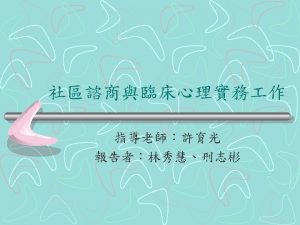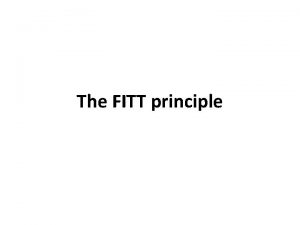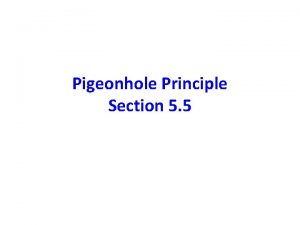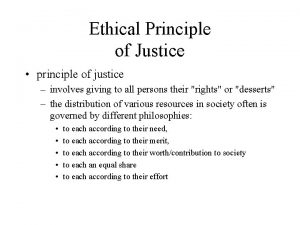Archimedess Principle Archimedess Principle o o o Archimedess
































































- Slides: 64



































หลกของอาคมดส (Archimedes’s Principle(

หลกของอาคมดส (Archimedes’s Principle) , ตอ o ขนาดของแรงลอยตวจะเทากบนำหนกของของเหลวทถ กแทนทโดยวตถ o นคอหลกของอาคมดส o Archimedes’s Principle does not refer to the makeup of the object experiencing the buoyant force n The object’s composition is not a factor since the buoyant force is exerted by the fluid



หลกของอาคมดส : วตถทจมอยในของเหลวทงกอน , ตอ o If the density of the object is less than the density of the fluid, the unsupported object accelerates upward o If the density of the object is more than the density of the fluid, the unsupported object sinks o The motion of an object in a fluid is determined by the densities of the fluid and the object

Archimedes’s Principle: Floating Object o The object is in static equilibrium o The upward buoyant force is balanced by the downward force of gravity o Volume of the fluid displaced corresponds to the volume of the object beneath the fluid level

Archimedes’s Principle: Floating Object, cont o The fraction of the volume of a floating object that is below the fluid surface is equal to the ratio of the density of the object to that of the fluid

Archimedes’s Principle, Crown Example o Archimedes was (supposedly) asked, “Is the crown made of pure gold? ” o Crown’s weight in air = 7. 84 N o Weight in water (submerged) = 6. 84 N o Buoyant force will equal the apparent weight loss n Difference in scale readings will be the buoyant force

Archimedes’s Principle, Crown Example, cont. o o B = F g – T 2 (Weight in air – “weight” in water) o Archimedes’s principle says B = rg. V o Then to find the material of the crown, rcrown = mcrown in air / V

Archimedes’s Principle, Iceberg Example o What fraction of the iceberg is below water? o The iceberg is only partially submerged and so Vfluid / Vobject = applies o The fraction below the water will be the ratio of the volumes (Vwater / Vice)

Archimedes’s Principle, Iceberg Example, cont o Vice is the total volume of the iceberg o Vwater is the volume of the water displaced n This will be equal to the volume of the iceberg submerged o About 89% of the ice is below the water’s surface

Types of Fluid Flow – Laminar o Laminar flow n Steady flow n Each particle of the fluid follows a smooth path n The paths of the different particles never cross each other n The path taken by the particles is called a streamline

Types of Fluid Flow – Turbulent o An irregular flow characterized by small whirlpool like regions o Turbulent flow occurs when the particles go above some critical speed

Viscosity o Characterizes the degree of internal friction in the fluid o This internal friction, viscous force, is associated with the resistance that two adjacent layers of fluid have to moving relative to each other o It causes part of the kinetic energy of a fluid to be converted to internal energy

Ideal Fluid Flow o There are four simplifying assumptions made to the complex flow of fluids to make the analysis easier (1) The fluid is nonviscous – internal friction is neglected (2) The flow is steady – the velocity of each point remains constant

Ideal Fluid Flow, cont (3) The fluid is incompressible – the density remains constant (4) The flow is irrotational – the fluid has no angular momentum about any point

Streamlines o The path the particle takes in steady flow is a streamline o The velocity of the particle is tangent to the streamline o A set of streamlines is called a tube of flow

Equation of Continuity o Consider a fluid moving through a pipe of nonuniform size (diameter) o The particles move along streamlines in steady flow o The mass that crosses A 1 in some time interval is the same as the mass that crosses A 2 in that same time interval

Equation of Continuity, cont o m 1 = m 2 ® r A 1 v 1 = r A 2 v 2 o Since the fluid is incompressible, r is a constant o A 1 v 1 = A 2 v 2 n This is called the equation of continuity for fluids n The product of the area and the fluid speed at all points along a pipe is constant for an incompressible fluid

Equation of Continuity, Implications o The speed is high where the tube is constricted (small A) o The speed is low where the tube is wide (large A) o The product, Av, is called the volume flux or the flow rate o Av = constant is equivalent to saying the volume that enters one end of the tube in a given time interval equals the volume leaving the other end in the same time n If no leaks are present

Bernoulli’s Equation o As a fluid moves through a region where its speed and/or elevation above the Earth’s surface changes, the pressure in the fluid varies with these changes o The relationship between fluid speed, pressure and elevation was first derived by Daniel Bernoulli

Bernoulli’s Equation, 2 o Consider the two shaded segments o The volumes of both segments are equal o The net work done on the segment is W =(P 1 – P 2) V o Part of the work goes into changing the kinetic energy and some to changing the gravitational potential energy

Bernoulli’s Equation, 3 o The change in kinetic energy: n DK = ½ mv 22 - ½ mv 12 n There is no change in the kinetic energy of the unshaded portion since we are assuming streamline flow n The masses are the same since the volumes are the same

Bernoulli’s Equation, 4 o The change in gravitational potential energy: n DU = mgy 2 – mgy 1 o The work also equals the change in energy o Combining: W = (P 1 – P 2)V =½ mv 22 - ½ mv 12 + mgy 2 – mgy 1

Bernoulli’s Equation, 5 o Rearranging and expressing in terms of density: P 1 + ½ rv 12 + mgy 1 = P 2 + ½ rv 22 + mgy 2 o This is Bernoulli’s Equation and is often expressed as P + ½ rv 2 + rgy = constant o When the fluid is at rest, this becomes P 1 – P 2 = rgh which is consistent with the pressure variation with depth we found earlier

Bernoulli’s Equation, Final o The general behavior of pressure with speed is true even for gases n As the speed increases, the pressure decreases

Applications of Fluid Dynamics o Streamline flow around a moving airplane wing o Lift is the upward force on the wing from the air o Drag is the resistance o The lift depends on the speed of the airplane, the area of the wing, its curvature, and the angle between the wing and the horizontal

Lift – General o In general, an object moving through a fluid experiences lift as a result of any effect that causes the fluid to change its direction as it flows past the object o Some factors that influence lift are: n The shape of the object n The object’s orientation with respect to the fluid flow n Any spinning of the object n The texture of the object’s surface

Golf Ball o The ball is given a rapid backspin o The dimples increase friction n Increases lift o It travels farther than if it was not spinning

Atomizer o A stream of air passes over one end of an open tube o The other end is immersed in a liquid o The moving air reduces the pressure above the tube o The fluid rises into the air stream o The liquid is dispersed into a fine spray of droplets
 State the pigeonhole principle
State the pigeonhole principle Wics model principle
Wics model principle Principles of multiplication
Principles of multiplication Motor unit size principle
Motor unit size principle What is the principle of spectrophotometry
What is the principle of spectrophotometry Tintometer principle
Tintometer principle Qualitative tests for carbohydrates (biochemistry)
Qualitative tests for carbohydrates (biochemistry) Instrumental aggression
Instrumental aggression Cross transfer forensics
Cross transfer forensics What is le chatelier's principle
What is le chatelier's principle Direct approach in teaching language
Direct approach in teaching language Electromagnetic log works on the principle of –
Electromagnetic log works on the principle of – L beam effect rpd
L beam effect rpd Principle of food science
Principle of food science Kata thermometer measures
Kata thermometer measures Size principle
Size principle Adf automatic direction finder
Adf automatic direction finder Pas staining principle
Pas staining principle Cyphon demo
Cyphon demo Valence bond theory vs molecular orbital
Valence bond theory vs molecular orbital Principles of packet switching
Principles of packet switching Marcet principle
Marcet principle Principles of badminton
Principles of badminton Inclusion-exclusion principle exercises
Inclusion-exclusion principle exercises Indirect vs direct coombs test
Indirect vs direct coombs test Infrared sensor principle
Infrared sensor principle This are guiding rules to follow
This are guiding rules to follow Gram negative bacilli chinese letter
Gram negative bacilli chinese letter Angular momentum principle
Angular momentum principle Propellant
Propellant Maximal onset principle example
Maximal onset principle example Pull principle
Pull principle Positive or negative work
Positive or negative work Platelet count importance
Platelet count importance Principle of nitrate reduction test
Principle of nitrate reduction test Indicator dilution principle
Indicator dilution principle Mier supersaturation theory
Mier supersaturation theory Breaking bad principle
Breaking bad principle Permutations and combinations
Permutations and combinations 3 2 1 principle
3 2 1 principle Zero sum game
Zero sum game Inclusion-exclusion principle
Inclusion-exclusion principle Humanistic approach
Humanistic approach Shower curtain blows inward
Shower curtain blows inward Boas linguistics
Boas linguistics Subnet
Subnet Uniformitarianism and catastrophism venn diagram
Uniformitarianism and catastrophism venn diagram Volhard method calculation
Volhard method calculation Divine principle powerpoint
Divine principle powerpoint Example of biological hazard
Example of biological hazard Principle centered leadership summary
Principle centered leadership summary Principle of extension
Principle of extension Systems and forms design
Systems and forms design Chuck allison
Chuck allison Fail safe defaults
Fail safe defaults Implicature and explicature in pragmatics
Implicature and explicature in pragmatics Principle of history taking
Principle of history taking Peptides and proteins
Peptides and proteins Occlusogingival length
Occlusogingival length All or none principle of action potential
All or none principle of action potential Bryant's traction
Bryant's traction Lipid qualitative test
Lipid qualitative test Speed log
Speed log Geri flanary
Geri flanary Principle of double effect
Principle of double effect
